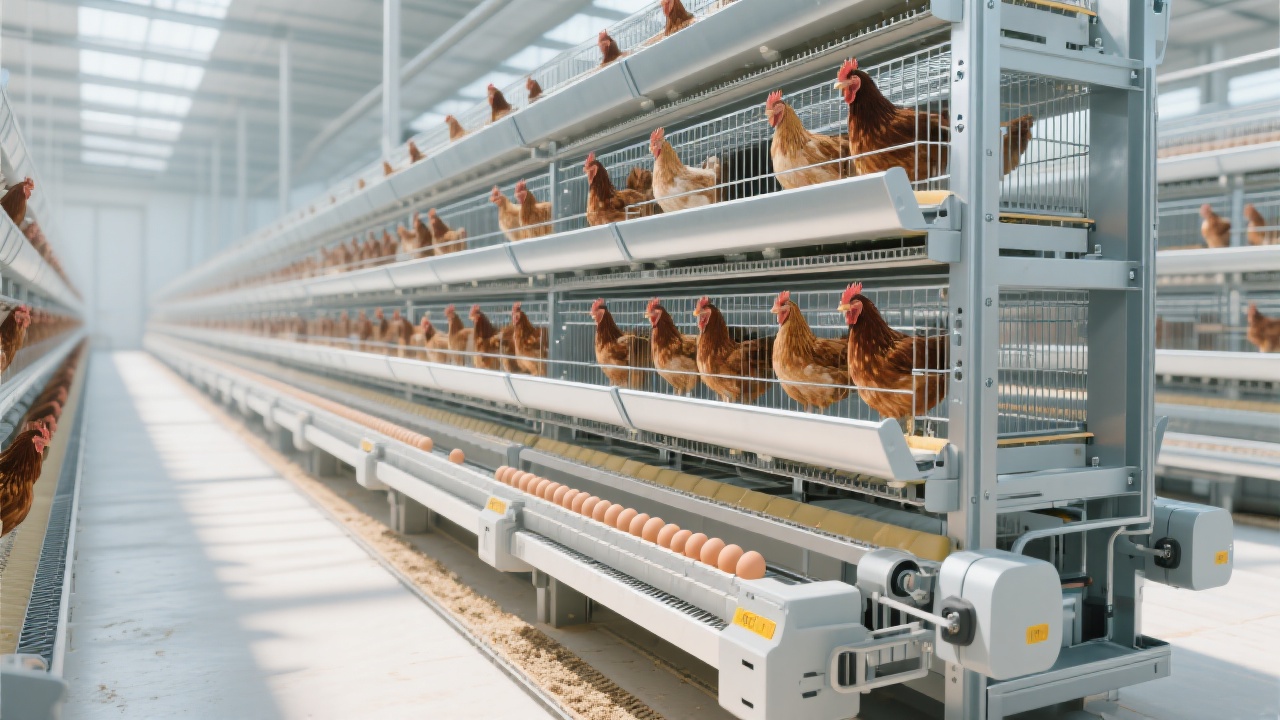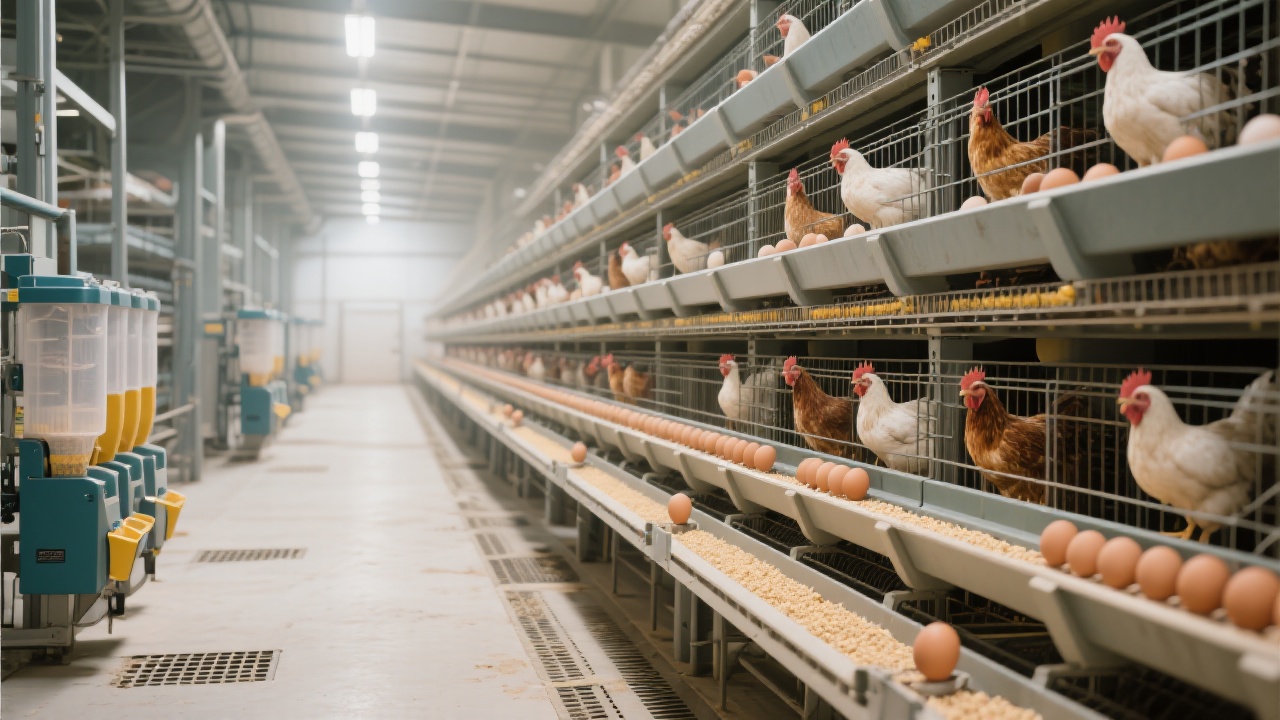
If you've been managing egg-laying henhouses in hot and humid climates, you probably know how challenging ammonia buildup can be. This isn't just an unpleasant odor problem—it directly threatens your flock’s health and reduces egg production efficiency. Unfortunately, many growers struggle to maintain clean air circulation, leaving “dead zones” where harmful gases accumulate and moisture stagnates.
Understanding airflow mechanics and optimizing ventilation are pivotal to turning your henhouse into a healthier, more productive environment. The good news? Recent innovations, especially in cage design like Zhengzhou Livi Machinery’s H-type layered egg cages, combine smart structural features with sophisticated ventilation strategies to tackle these issues head-on.
Ammonia primarily originates from the decomposition of poultry manure and urine. In a high temperature and humidity setting, its volatility increases, making ventilation more critical. The problem compounds when your henhouse generates pockets where air flow slows or stagnates—so-called airflow dead zones. These zones trap ammonia and moisture, creating a toxic microclimate that stresses the birds, invites respiratory diseases, and lowers egg-laying rates by up to 15% in severe cases.
Many henhouses relying solely on natural ventilation run into issues where internal humidity exceeds 70% and ammonia levels surpass 25 ppm, while optimal conditions require keeping ammonia below 10 ppm and humidity between 50-65%. You might have noticed that merely adding more fans doesn’t always solve this—if airflow paths clash or cages obstruct circulation, the problem persists.

The H-type layered structure isn’t just a space-saving cage—it’s engineered with precision airflow in mind. Featuring scientifically arranged perforated mesh panels and carefully calculated interlayer gaps, this design encourages a combination of natural wind pressure and mechanical ventilation to work synergistically.
By optimizing mesh placement, air enters and exits freely while minimizing obstructions. The layer spacing is designed large enough to avoid creating humid air pockets yet compact enough to maintain temperature stability across tiers. Moreover, this cage configuration reduces heat accumulation by up to 20% compared to traditional vertical cages, which directly lowers ammonia volatilization rates.

Beyond cage design, targeted ventilation strategies can dramatically improve air quality. Here are essential steps worth implementing:
| Intervention | Key Benefit |
|---|---|
| Strategic Exhaust Fan Placement | Ensures removal of stale, ammonia-rich air near manure belts; prevents buildup in corners |
| Adjusting Cage-to-Cage Spacing | Improves airflow between tiers, reducing moisture hotspots and heat pockets |
| Installing Smart Air Quality Sensors | Enables real-time monitoring of NH3, temperature, & humidity to trigger ventilation dynamically |
For instance, one Henan-based poultry farm installed Zhengzhou Livi’s H-type layered cages combined with a sensor-controlled ventilation layout. Within three months, they recorded ammonia concentration drops from 30 ppm to 9 ppm and saw egg production improve by 12% under stable thermal-humidity conditions.

The H-type layered cages we mention adhere strictly to ISO 9001 and CE standards, ensuring quality manufacturing and safety. This is vital because investing in a ventilation system or cage means looking for solutions built to endure harsh environments without performance degradation. With robust material selection and precise craftsmanship, these cages maintain structural integrity and ventilation effectiveness over years.
It’s worth noting that the upfront optimization cost often pays back quickly by preventing diseases, lowering mortality, and elevating egg output. After all, clean air equates to healthier hens—and healthier hens mean better farming economics.
Have you faced stubborn air quality issues or unexplained drops in egg yield despite trying basic ventilation fixes? Understanding your unique setup allows us to share tailored solutions that fit your climate, henhouse layout, and flock size.
Discover Customized Ventilation Solutions for Your Henhouse Today
What specific ventilation challenges do you encounter during hot, humid seasons? Share your experience and we’ll provide you with three real-world case studies tailored to your conditions.

